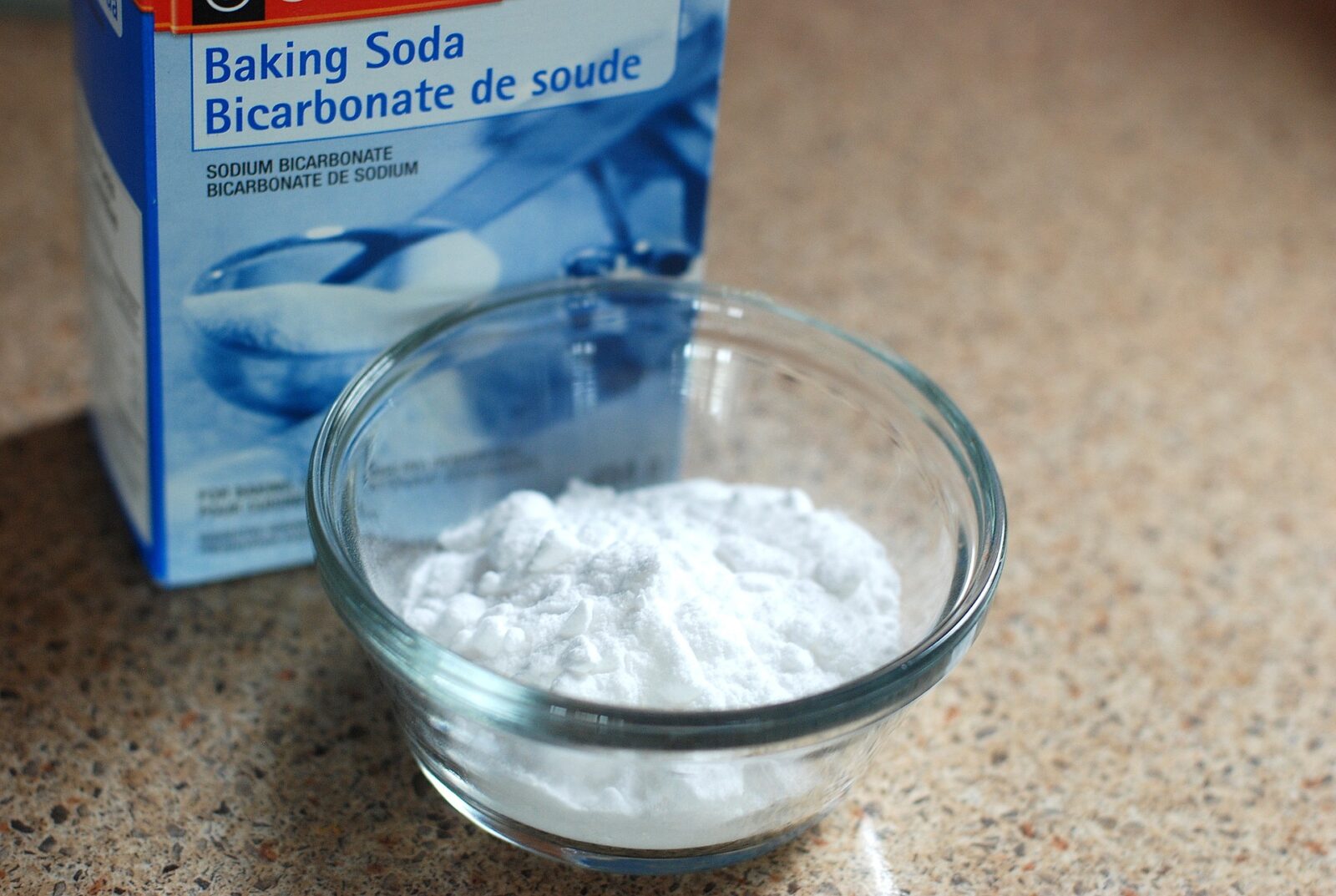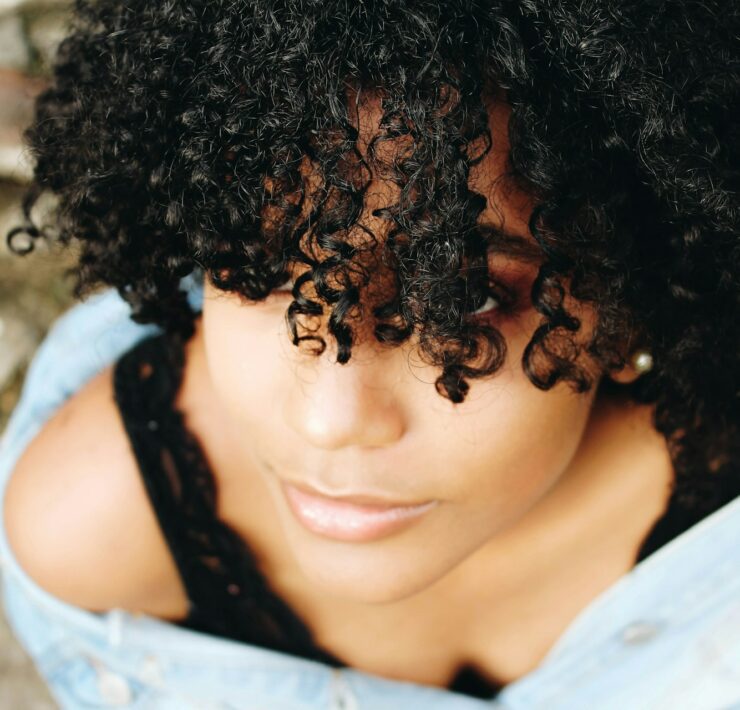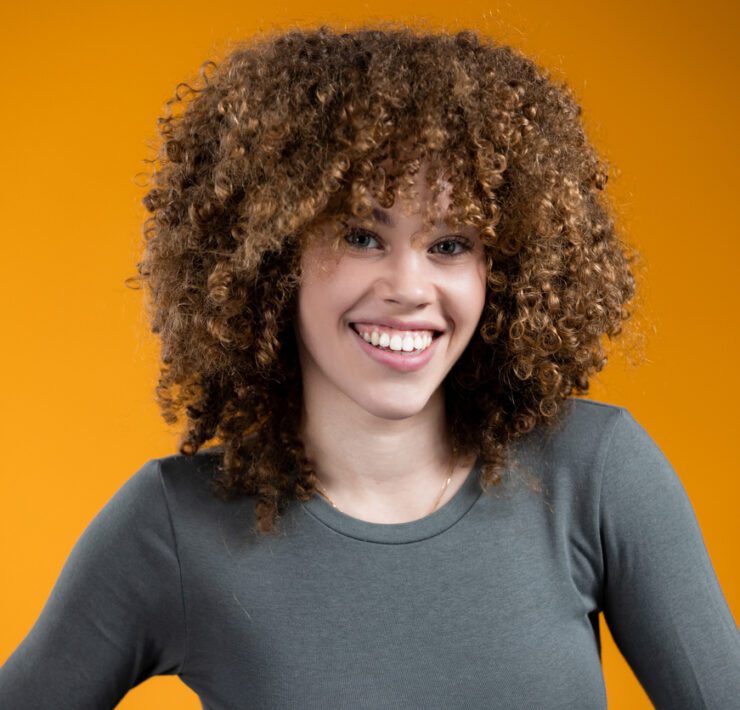
Baking soda is also known as Sodium Bicarbonate and is a type of salt that has been used throughout history for all kinds of purposes. Baking soda is used when baking, cooking, and for household chores. It has also been widely used as a cleaning agent.
There is a lot of conflicting information if you decide to try baking soda as a treatment for your hair. So, it is important to know how it works, why it works, and what you can expect. On this website, we provide research/science-based information instead of just pushing the latest trend. Below are all the details (the good and the bad) of the baking soda treatment – so that you can make an informed decision regarding your hair care treatments.
How does it work?
First, despite all the hype and rave reviews, there is no actual scientific evidence proving that it can make your hair softer and shinier. In fact, there is evidence suggesting that baking soda can actually damage your hair if not used properly.
Baking soda is a very strong cleanser due to its high alkaline pH (9), which has the ability to break through and lift dirt particles and oils. This includes the natural oils on your scalp, also known as the sebum. However, due to its high pH it can also be very abrasive, harsh, and drying. It does, however, provide a very deep, very thorough clean.
Additionally, baking soda, while it looks like a fine powder, is actually made up of many fine crystals. Therefore, baking soda can be made into a paste that also acts as an exfoliant.
Never use baking soda on its own, always mix it with a liquid – preferably water.

Is Baking Soda Safe?
Baking soda does not fall within the safe pH zone of natural hair, which has a pH of 4.5-5.5. It is generally mixed with water, which has a neutral pH of 7. This means that the baking soda/water mixture needs to be done just right so that the pH balance of the hair is not adversely affected.
This can create some difficulty – a mixture of 1 cup of water and 1 teaspoon of baking soda still has a pH of 9. You need to mix 5 cups of water with 1 teaspoon of baking soda to bring the mixture to a safe pH. Note, this eliminates the exfoliating quality of baking soda. It is most important to preserve the pH balance of your scalp and hair. Remember that alkalines (basic solutions) raise the cuticle, which means moisture goes in but also leaves unless the cuticles lie flat again. Any baking soda treatment must therefore be followed by another treatment with a low pH. Many recommend that an Apple Cider Vinegar rinse should follow in order to lower the pH, however, there is no guarantee that the rinse will restore balance. There is also no guarantee that you will not further damage your hair by going from a high pH to a low pH.
Another concern with using baking soda, is the residue that is left behind. To best observe this, use a baking soda water mixture to wipe down a dark surface. Once the surface has dried you will observe a slight residue. This residue can also remain on your hair and over time build up. This can lead to dryness, hair breakage, and skin irritations.

It is therefore not recommended to use a baking soda treatment if you have dry or very coily hair, especially when already prone to dryness. If you have a dry scalp or skin sensitivities this is not recommended for you.
Why Do Some Rave About Baking Soda Rinses?
Now you may wonder why some rave about this, while others report significant damage to their hair? The difference may be that individuals’ hair pH can range from as low 3 and as high as 6.6 making some more resistant to pH variations. Also, some may have dry and brittle hair. Others may have more sensitive skin or may have some leftover bleached/relaxed hair. And finally, it may come down to the actual hair’s texture and porosity. Coarser, thicker, or low porosity hair may need a stronger pH solution to break down the bonds, while fine, fragile, low porosity hair will quickly become damaged in the presence of a stronger pH solution.
Pros and Cons
Here are the Pros and Cons of the Baking Soda Treatment:
Pros
- It is an affordable option
- Easy to make
- So cleansing that you only need to wash your hair once a month
- It is natural – fewer toxic chemicals and plastic bottles for the landfills
- It can get rid of product build-up
Cons
- You must balance your hair’s pH after each treatment
- No suds – so if you like that lathered up experience, this is not for you
- It may take your scalp and hair some time to adjust – at least a month in many cases
- Preparation time – it is best to prepare the baking soda mixture fresh for each application
- It can cause excessive dryness, breakage, and skin issues
If you decide to use baking soda:
- Always dilute it.
- Do not leave the baking soda mixture on too long (no more than 2 minutes).
- Do not use this treatment too frequently – some suggest once a month while others recommend a maximum of 4 times a year. See what works best for your hair.
- Do a patch test to see how your skin reacts to the baking soda mixture.
- Apply the baking soda to your scalp only.
- Rinse thoroughly.
- Follow with an apple cider vinegar rinse.
- Deep condition your hair after the baking soda wash.
- Pay close attention to your hair, if you start noticing dryness or breakage – stop immediately.
Sources We Find Useful:
https://www.naturallycurly.com/curlreading/no-poo/how-to-wash-your-hair-with-baking-soda
https://www.naturallycurly.com/curlreading/ingredients/pros-and-cons-of-baking-soda-shampoo
https://www.naturallycurly.com/curlreading/curl-products/baking-soda-how-does-it-actually-work






